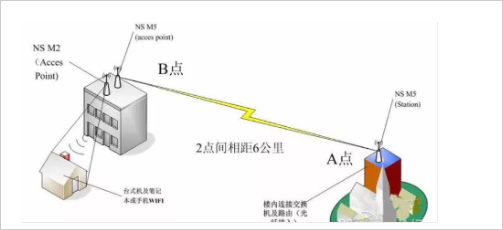Why is wireless AP more expensive than wireless router?
Corrugated Roof Roll Forming Machine
Working principle:
Steel plate or steel strip is made into
roofing tile by machine through cold-bend forming technology.
Usage:
Corrugated roof tile produced by roll
forming machine are widely used in construction, transportation and other
industries. It is mainly used for roofing and wall of buildings, such as steel
structures, airports, storehouses,etc.
Component:
1.Decoiler
2.Roll Forming System
3.Cutting Device
4.Hydraulic Station
5.PLC control system
Working Flow:
Loading coil – decoiling – guide feeding –
main roll forming – hydrarlic cutting – finished products
Corrugated Roof Roll Forming Machine Technique
Parameters:
Processing material: aluzinc/galvanized steel/colored steel coil
Material thickness: 0.3-0.8mm
Main motor power: 4kw(can change as request)
Pump power: 4kw
Shaft diameter: 60mm
Forming steps: 15steps and more
Roller material: high grade 45# steel, hard Chromium plating
Main frame:300H steel
Medium plate thickness: 16mm
Speed:8-12m/min
Material of the cutting blade:Cr12
Control system: PLC computer control
Power supply:
380V, 3 Phase, 60Hz (can change as customers request)
Coil width: 914mm/940mm/1250mm
profile effective width:760mm/800mm/900mm/990mm/1064mm
Our Corrugated Roof Roll Forming Machine
can greatly simplifie the production process and improve production efficiency.
Welcome visit our Factory!
Â



Corrugated Roof Roll Forming Machine
Corrugated Roof Roll Forming Machine,Automatic Corrugated Roof Roll Forming Machine,Corrugated Roof Sheet Roll Forming Machine
CANGZHOU DIXIN ROLL FORMING MACHINE CO., LTD , https://www.hebeimachine.com
